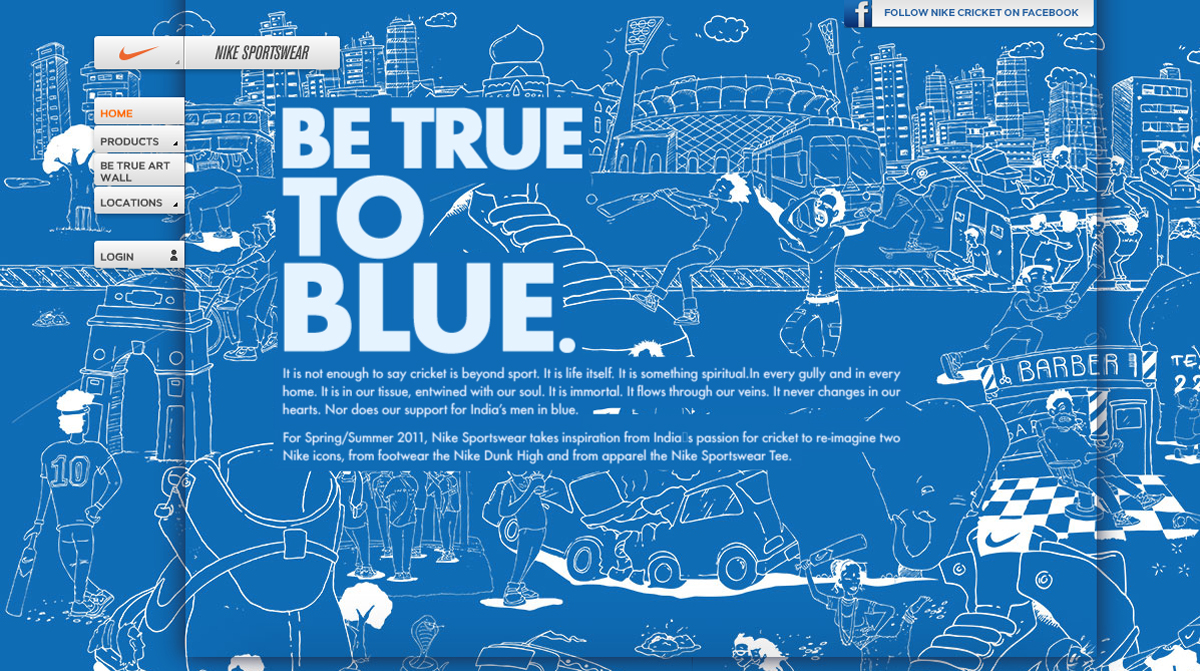Introduction
These slides first cover the article "Why U.S. Companies aren't so American anymore."
Next, the slides consider the example of Nike's approach to marketing in India.
Don't forget, also, to study the Study Guide's definitions of (and the contrast between) glocalization and indigenization.
One answer to the question "Why aren't U.S. Companies so American anymore?"
"An apocryphal tale is told about Henry Ford II showing Walter Reuther, the veteran leader of the United Automobile Workers, around a newly automated car plant. 'Walter, how are you going to get those robots to pay your union dues,' gibed the boss of Ford Motor Company. Without skipping a beat, Reuther replied, 'Henry, how are you going to get them to buy your cars?'"
Printed in The Economist, this anecdote from the 1950s underscores a key difference between U.S. companies (like Ford) then and transnational companies (like Ford) today. It's increasingly less important to many companies whether or not Americans can buy their products.
Nike now depends on overseas consumption as well as production
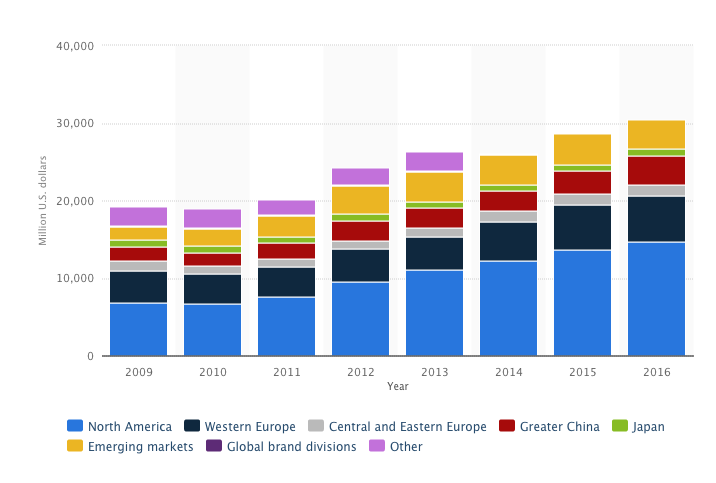
As the assigned article notes, in 2011 Nike earned 50 percent of its revenue from overseas. By 2020, that number was 59 percent.
During those years, revenue from Western Europe and Greater China more than doubled. Although the company's North American markets also grew, their importance to Nike's bottom line continues to diminish.
The U.S. dominates the world economy, right?
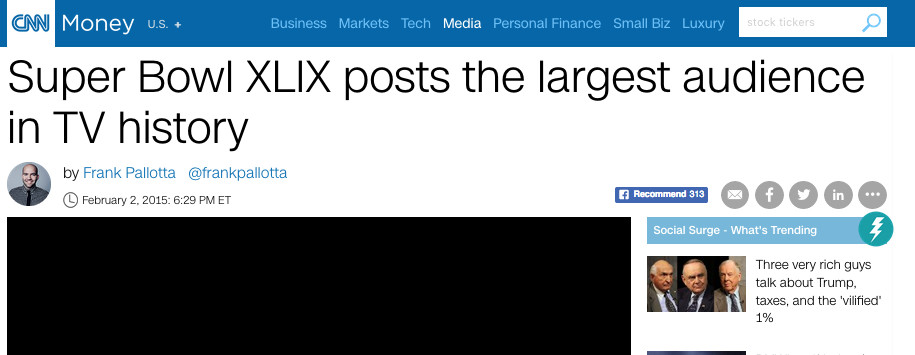
This article and ones like it often skew Americans' understanding of the United States's importance within the global economy. The 2015 Super Bowl drew the largest American audience in TV history, but it was dwarfed by many other TV programs in 2015 and earlier.
A snapshot of relative sizes of Nike's potential markets
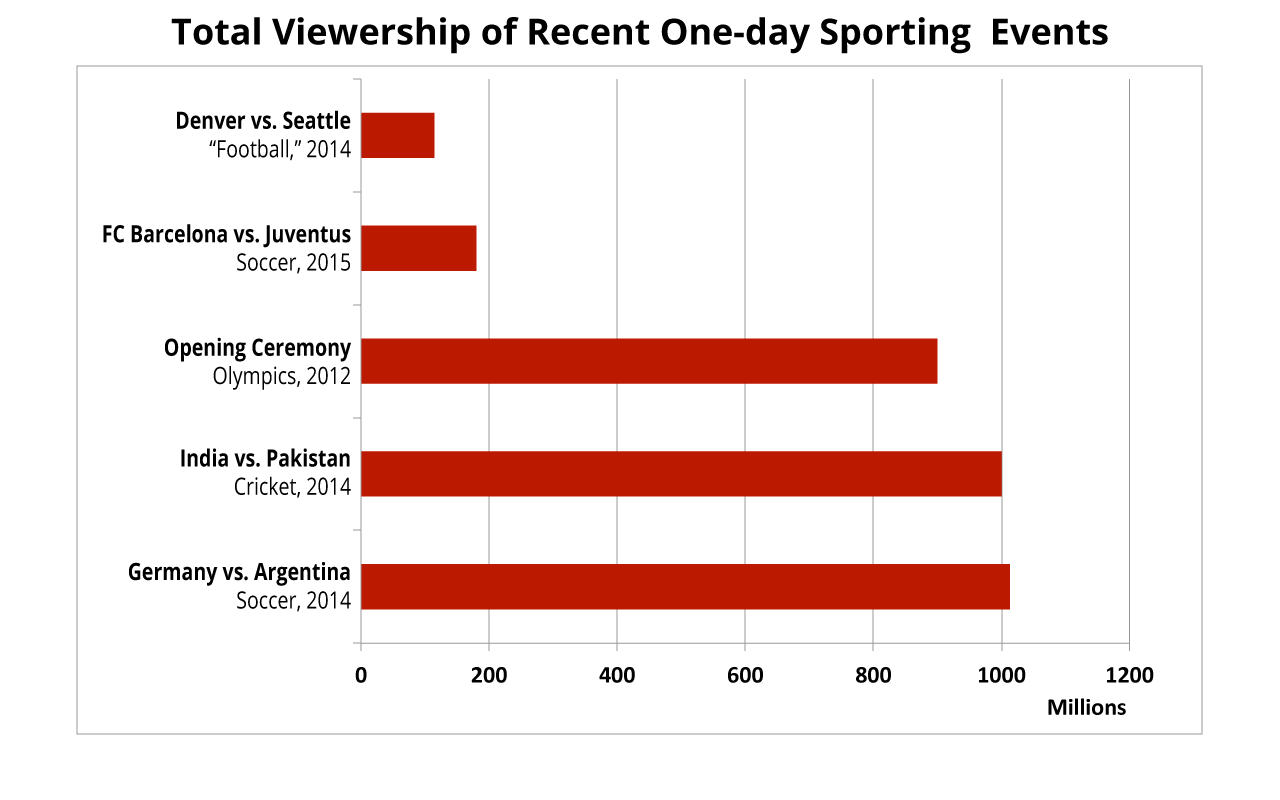
You're Nike. Which jersey do you want the contract for?

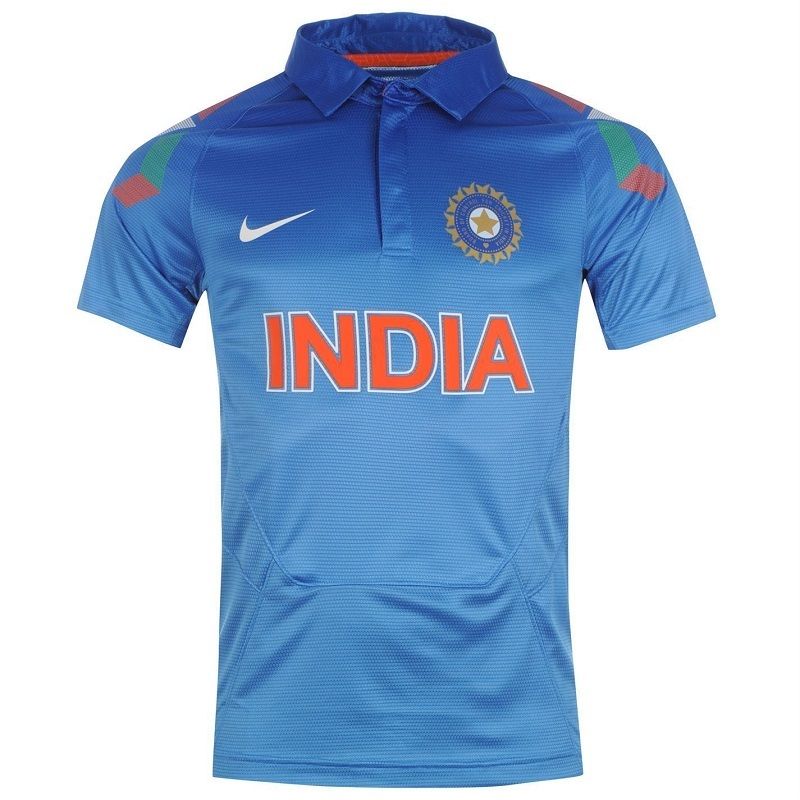
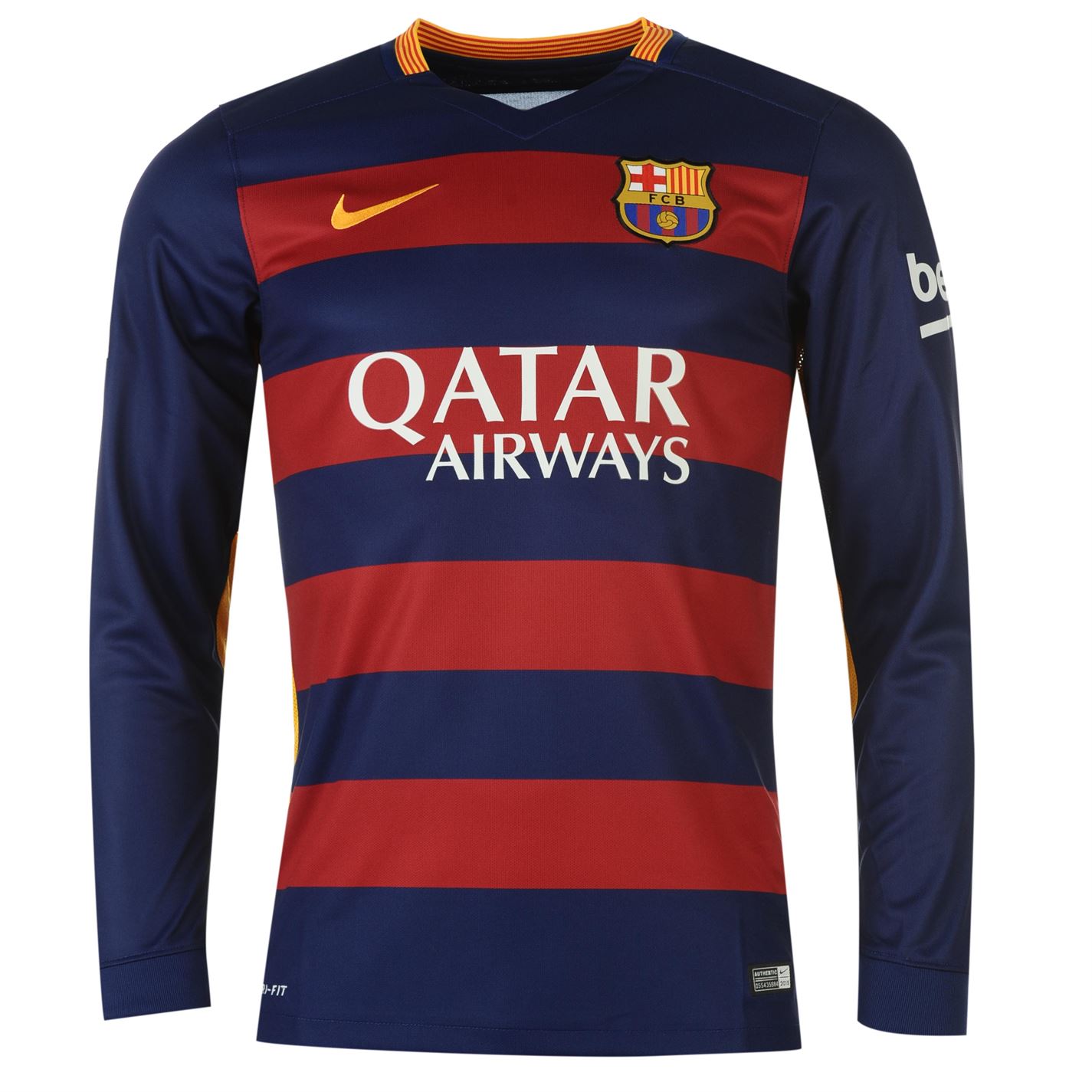
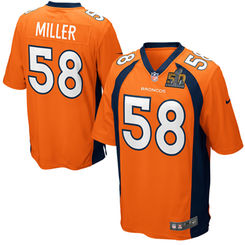
Beyond Korzeniewicz
Korzeniewicz 's 1994 article focuses on Nike's success with international production, but in his discussions of the company's innovative distribution and marketing he focuses solely on the domestic U.S. market. He notes for example that Nike managed to create an entirely new market for athletic shoes—American teenagers who learned to wear the shoes as fashion statements.
In recent years, Nike has continued to create new markets through similar means; the difference is that increasingly these consumers are not Americans.
Although Korzeniewicz's article does not address this trend, it is a key aspect of economic globalization in the two decades since it was published.
| Nike's emphasis from 1970s though early 1990s |
Nike's emphasis since the early 1990s |
|---|---|
|
|
An Example: Nike in India

Nike's "Bleed Blue" Ad Campaign (2011): Two things you need to know

First: Cricket is easily the most popular sport in India. In addition to a thriving Indian league, every four years the best players join together as a national cricket team and compete against other countries in an international World Cup, much like the soccer World Cup. (The only thing Americans have that's similar are our Olympic teams.) In addition, national cricket teams play many other regional tournaments throughout the year.
Two things you need to know to understand the Nike Campaign
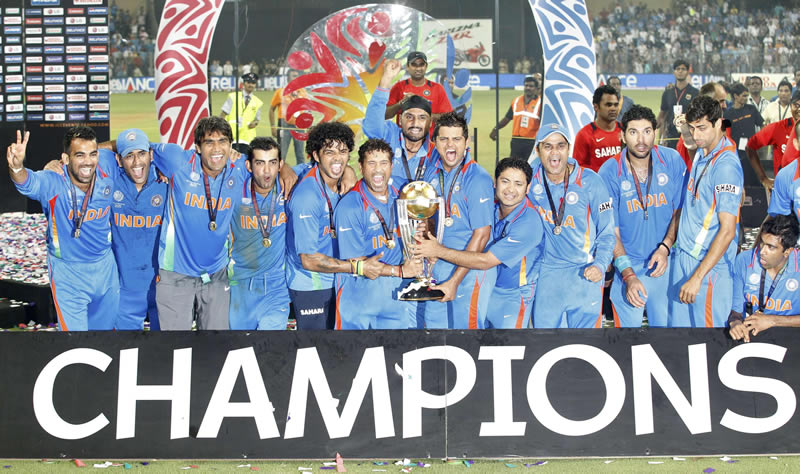
Second: The Indian national team wears blue.
www.nikecricket.in: "Be True to Blue" (2011)
